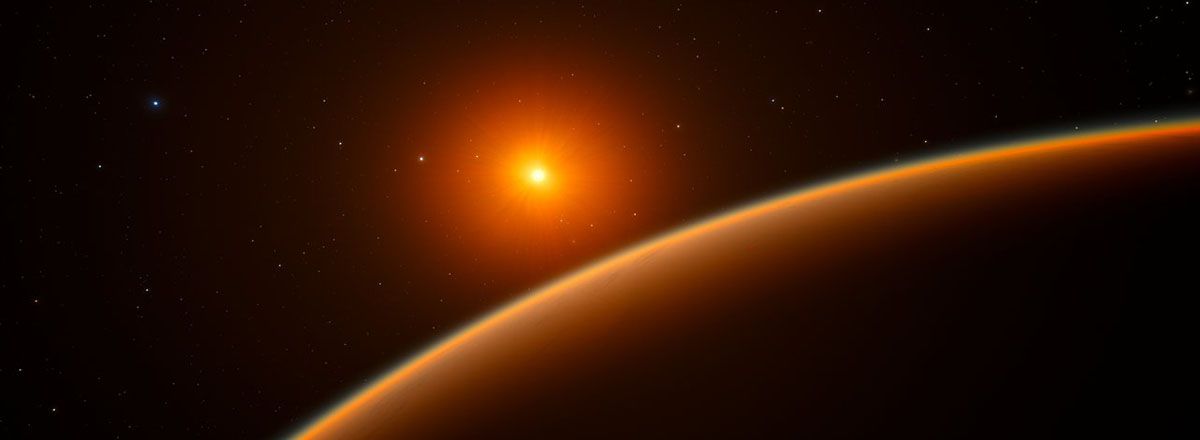James Webb Telescope Uncovers a Potentially Habitable Exoplanet
Located about 50 light-years away in the constellation Cetus, this intriguing exoplanet orbits the red dwarf star LHS 1140 and has captured the attention of the astronomical community.

The James Webb Space Telescope (JWST) has once again expanded the boundaries of our cosmic knowledge by identifying a potentially habitable exoplanet, LHS 1140b, which is being heralded as a possible ocean world.
Located about 50 light-years away in the constellation Cetus, this intriguing exoplanet orbits the red dwarf star LHS 1140 and has captured the attention of the astronomical community.
Recent studies leveraging JWST's capabilities have revealed that LHS 1140b, previously believed to be a dense, rocky planet, might actually possess a substantial amount of water, making it potentially habitable.
The exoplanet, which is 1.7 times wider than Earth, orbits its star at a close distance, yet maintains a cooler temperature due to the star's relatively low activity. This milder stellar temperament means that LHS 1140b avoids the harsh stellar flares that could strip away atmospheric layers, which is a common concern for planets orbiting red dwarf stars.
Charles Cadieux, a researcher from the University of Montreal, emphasized the significance of the finding, noting that if LHS 1140b confirms to be a water world, it could host liquid water—a crucial ingredient for life as we know it. The presence of liquid water could make LHS 1140b one of the most promising candidates for hosting life outside our solar system.

